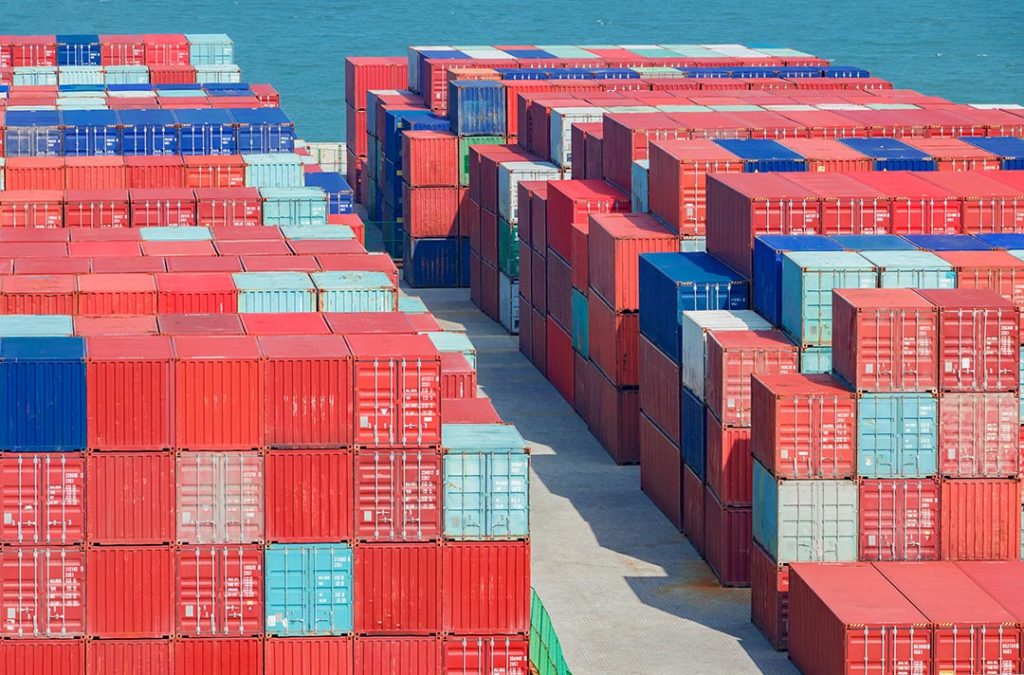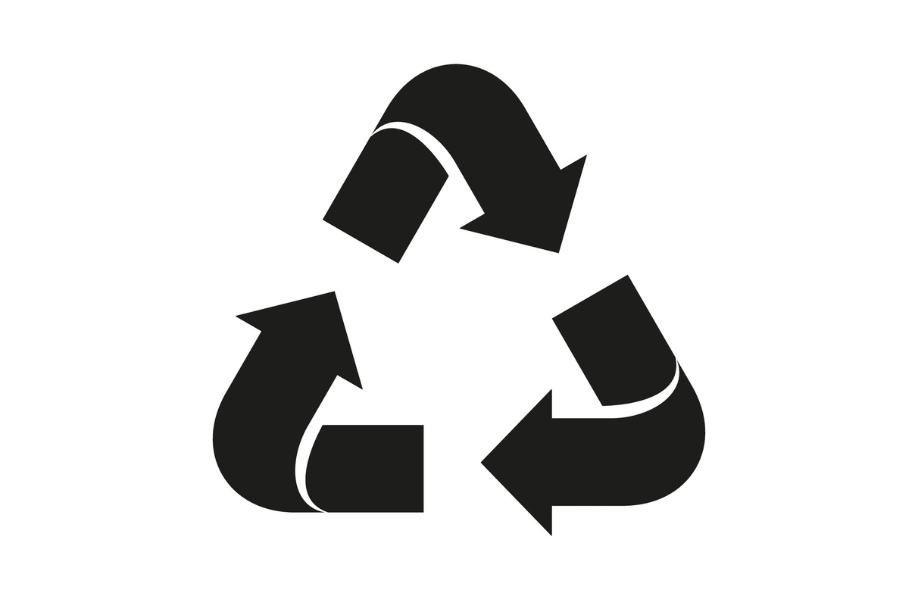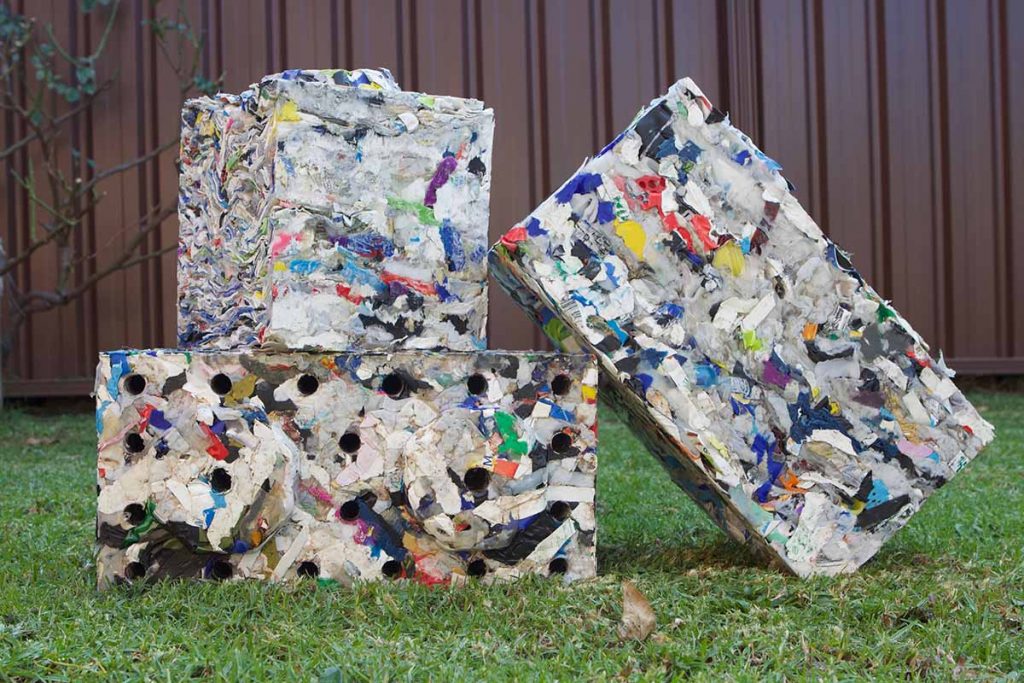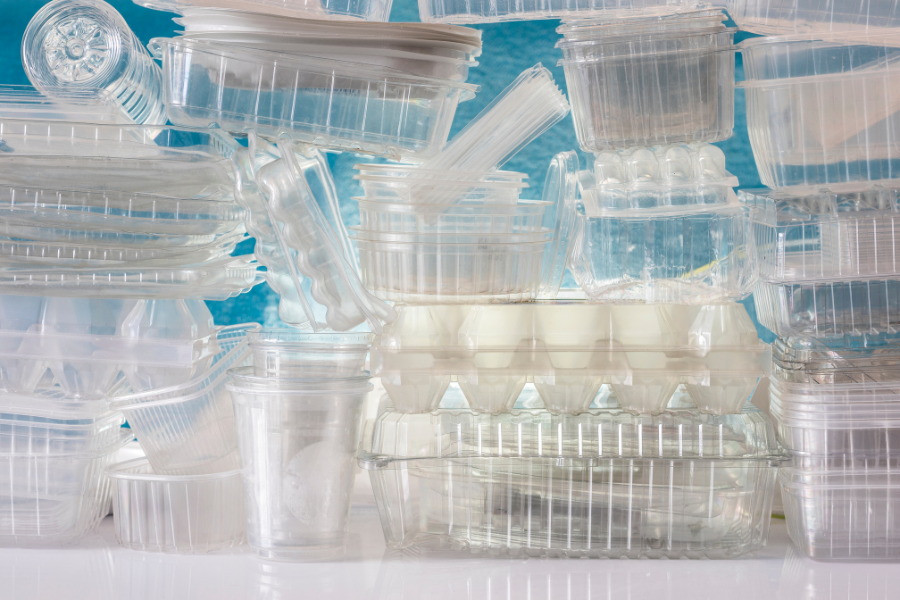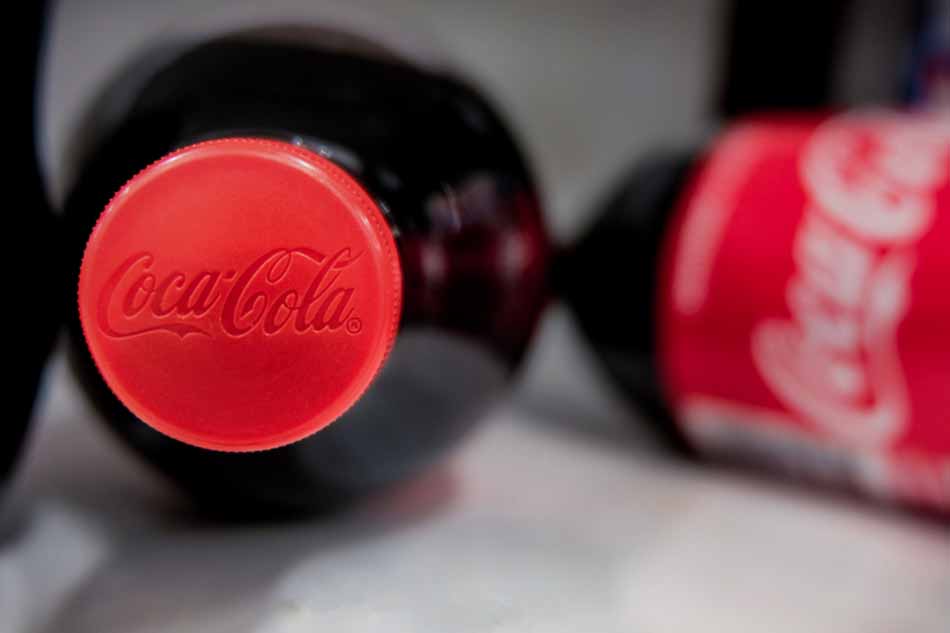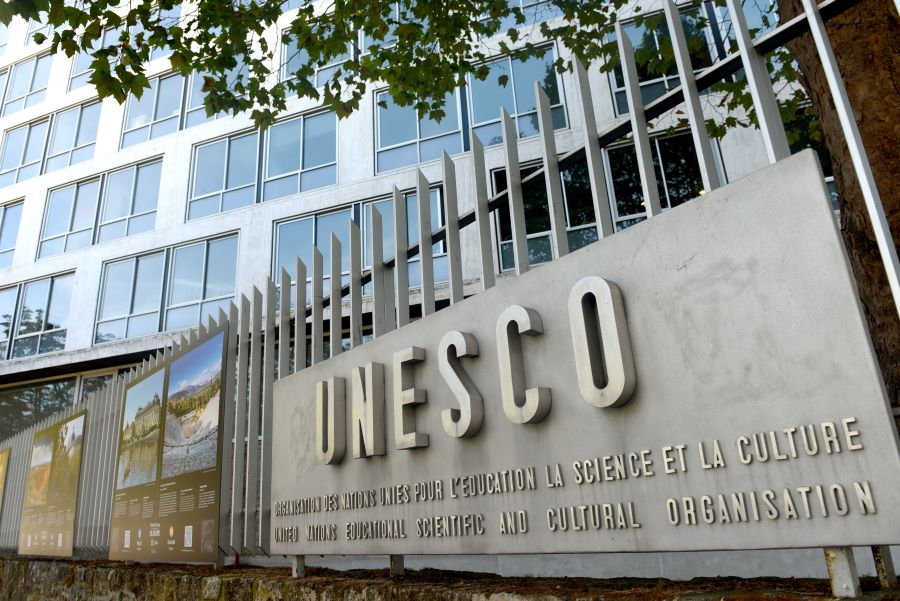
In the days before the next round of U.N. negotiations, the resin sector is calling for plastics’ importance to be recognized while environmental groups are pushing for bans and more. | Bumble Dee/Shutterstock
Ahead of the second session of the Intergovernmental Negotiating Committee on Plastic Pollution in Paris, organizations are laying out their wish lists and forming partnerships. Continue Reading


